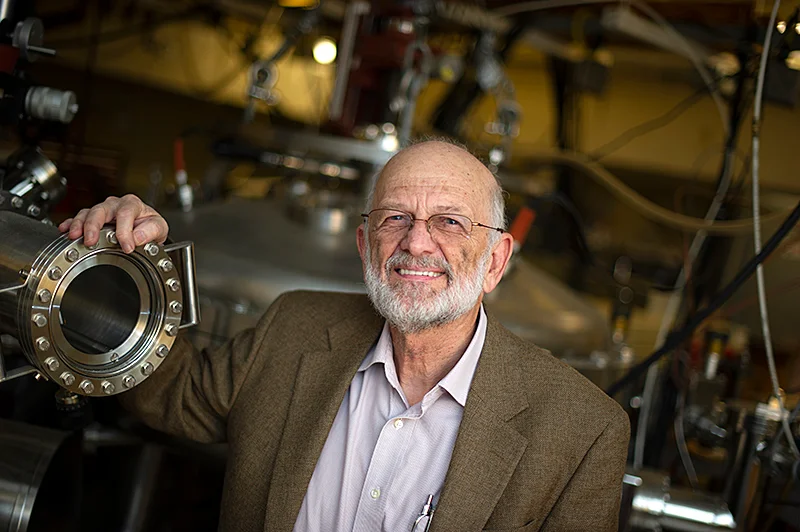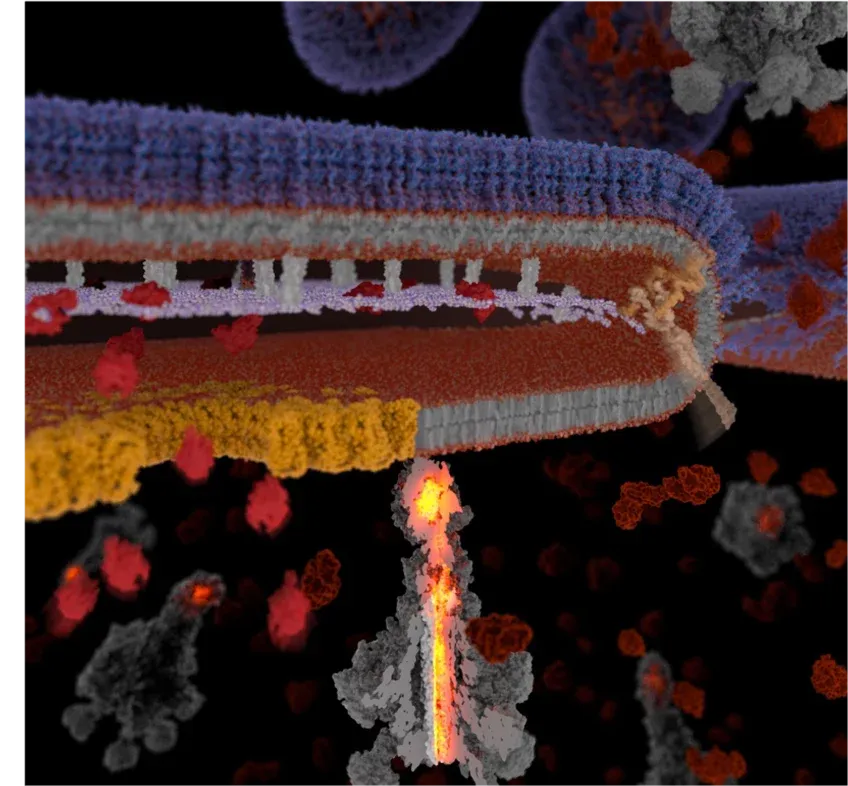
The Joining chain (J chain) that helps bind and regulate the subunits that make up antibodies was evolutionarily co-opted by the human immune system from another biological process, according to a study by researchers from Penn State, the University of Maryland and the University of Chicago. The J chain, shown here in purple, assembles and stabilizes, from left, immunoglobin A (IgA) and immunoglobin M (IgM) antibodies. It is also required to move IgA and IgM across the mucus-producing tissue lining body structures with external exposure, like the intestine, nasal cavity and lungs.
Credit: Ttsz/Getty Images.
The human immune system is a problem for creationists who insist that their putative creator god designed humans perfectly but didn't create pathogenic parasites, which were created later by another creator called 'Sin' because of 'The Fall' after which this 'Sin' thing was free to create everything that increases the suffering in the world, so the question that throws creationists into confusion is when was the human immune system created?
If it was created before 'The Fall' then their designer god was planning for 'The Fall' all along and Adam & Eve had no choice but to comply with this god's plan for them, so there was no disobedience; just compliance with the plan.,
If, on the other hand, the creator had to upgrade its design later to protect its creation from pathogens, then it had failed to anticipate 'The Fall' so can't be omniscient.
And, since pathogens can and do get passed our immune defences, then a perfect, omnipotent creator did not design the immune system because it fails to work as designed, or 'Sin' can outwit it.
And now creationists have another problem, especially those who have been fooled into believing there is evidence of intelligent design to be found in 'irreducibly complex' structures and processes, because the simple biological explanation for such structures and processes is that they are composed of elements that originally evolved for other purposes and were later exapted for a novel function as part of the 'irreducibly complex' structure. For example, almost all the elements of the bacterial flagellum are to be found in the Type III secretion system (T3SS) which bacteria used to bind themselves to their potential host, but motility was such an advantage that the T3SS was repurposed for a flagellum with a few additional proteins and a slight modification of others to improve its efficiency.
Two of the components of the immune system are protein complexes which are the antibodies produced in response to infection by pathogens. These are the immunoglobin M (IgM) and immunoglobin A (IgA). Both these are stabilised by a Joining chain (a short length of protein) called the J chain. And this is the component that was co-opted from an entirely unrelated biological process, as a team of researchers at Penn State University, which included Kazuhiko Kawasaki, associate research professor of anthropology, discovered.
Their research was published a few days ago in Proceeding of the National Academy of Science (PNAS) and is explained in a Penn State University news release:




























.jpg)








